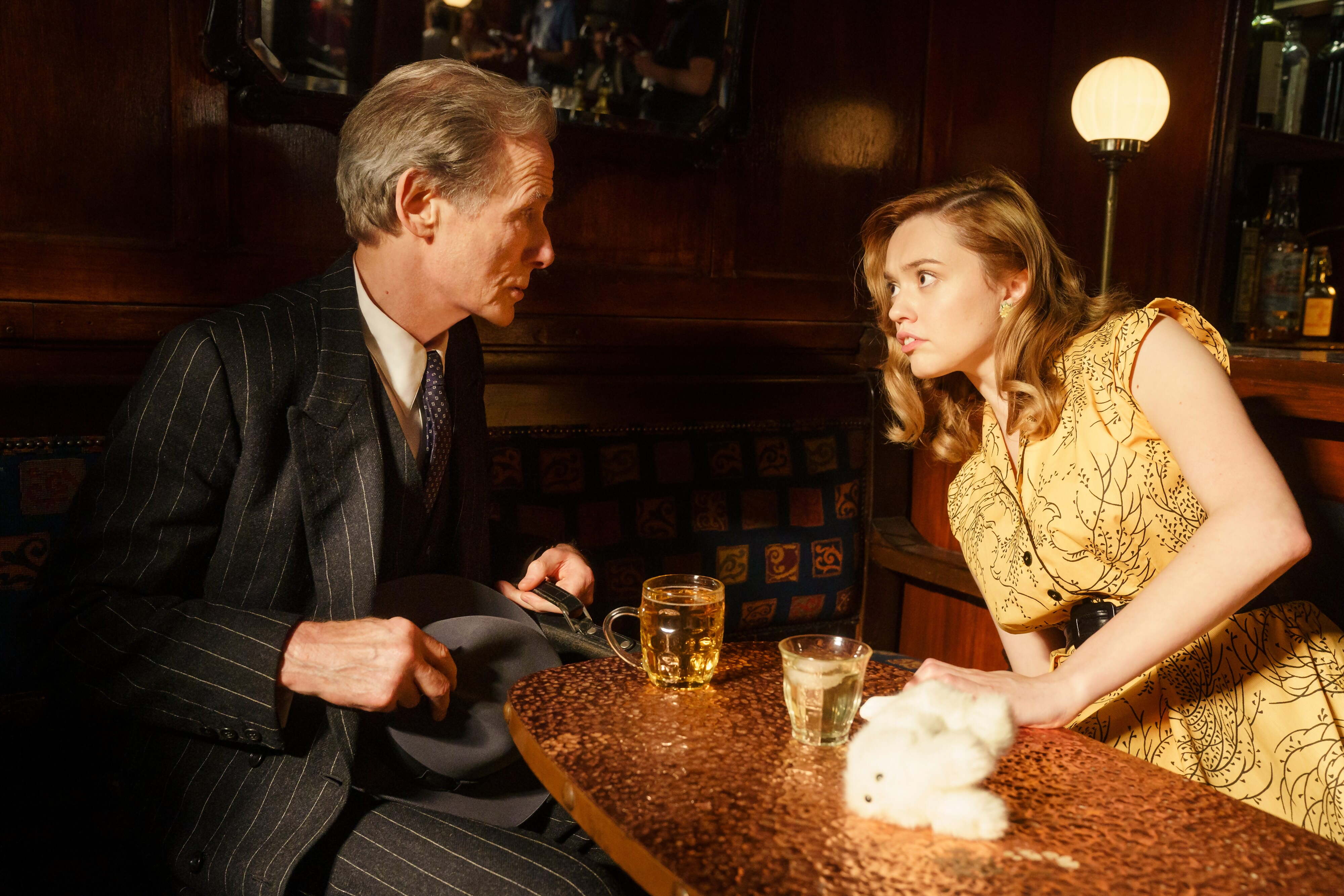
★★★☆☆
Bill Nighy plays an elderly public servant in Oliver Hermanus’ touching, but stiff adaptation, Living.
There is something distinctly British about Living, Oliver Hermanus’ adaptation of the Japanese film Ikiru. It’s not just the setting or the characters, but it’s buried deep within the tone and feel of Living.
Bill Nighy plays Williams, a quiet, esteemed gentleman who works in a dim, dusty office. His life is stilted, and his routine rarely changes. He can tell that his son and daughter-in-law are keen on moving out and starting their own life, which would leave Williams on his own. Not that he minds it, probably; Williams seems like the quiet type, happiest in solitude.
But when he’s faced with a devastating diagnosis, Williams suddenly finds his will to live and experience everything. Living is not a roaring feel-good film, there are no wild, infectiously joyous montages of Williams jumping on trampolines or professing his love to those he cares about the most. No, Hermanus’ film is a much more sombre affair.

Credit: Lionsgate
Nighy, as always, is terrific as the lead. Williams, as a character, can be a tough nut to crack; a man who prefers silence to words and whose emotions are never spelt out or discussed, leaving the audience to clutch onto Nighy’s performance. I found myself feverishly scanning Nighy’s face for a clue about how Williams was feeling, but the film became a richer experience after I stopped and just observed him.
Aimee Lou Wood brings a lot of warmth and even a touch of humour to a film that is often needlessly serious and even a bit stuffy. There is a stillness to the film that can become a bit too much; it shouldn’t be this hard work to relate to a character in a story this universal. Wood and Nighy’s contrasting dynamics power the film in its more stifled moments.
Tom Burke also pops up as a stranger with whom Williams spends a wild night partying. Burke is an enigmatic presence, one that you desire to see more of, but his entire character is designed to be a fleeting influence on Williams. It’s scenes like these during which Living is at its very best.
With a screenplay by the brilliant Kazuo Ishiguro, Living is absorbing and affectionate, but the Britishness, the inevitable distance between the characters, and ultimately, between the audience and Williams, is what stops it from being a triumph. It’s a film with endless sympathy but not a trace of empathy, something it sorely needs for us to latch onto the story.
There is much to admire in Living, but it never hits the highs of Never Let Me Go or even Hermanus’ earlier work. Moffie was such a robust film about homophobia and discrimination, but none of that liveliness or emotional brutality is anywhere to be found in Living. Granted, it’s a very different film and subject, but it lacks spark.
Living is screening at BFI London Film Festival on October 9 and is released in cinemas November 4.


